Top Things to Do in Kyoto On Your First Trip
Truth be told, Japan can get really busy. Think of Tokyo and Osaka, and images of bustling streets, glaring neon lights, and speedy bullet trains come to mind. However, if you’re looking for some respite, a short 2.5-hour train ride from Tokyo (or an even shorter 30-minute train ride from Osaka) will bring you to Kyoto, a place steeped in old-world Japanese charm and magic.
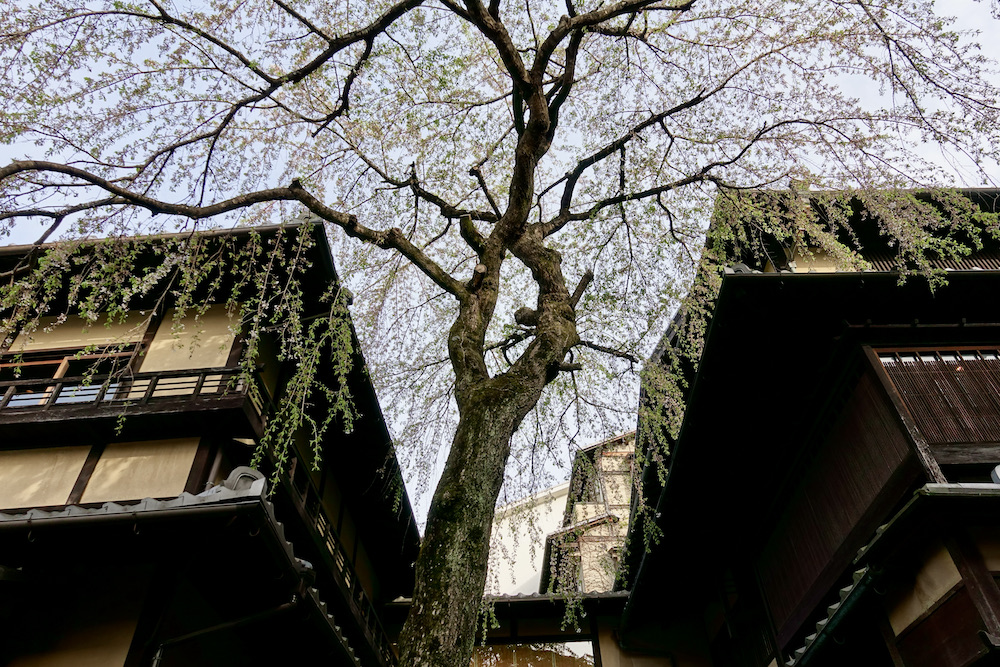
Once the imperial capital of Japan until the 19th century, Kyoto is a city that looks like it has been frozen in time. You can easily spend a few days exploring Kyoto and the surrounding area, but we recommend making Osaka your base and taking the train over.
Time slows down here, where everything basically shutters by 5pm — Osaka, on the other hand, stays lively till late at night. Simply hop on a train in the morning, spend the day exploring Kyoto, before heading back to Osaka for dinner. Here are some top sights in Kyoto that you won’t want to miss!
Stroll the streets of Higashiyama
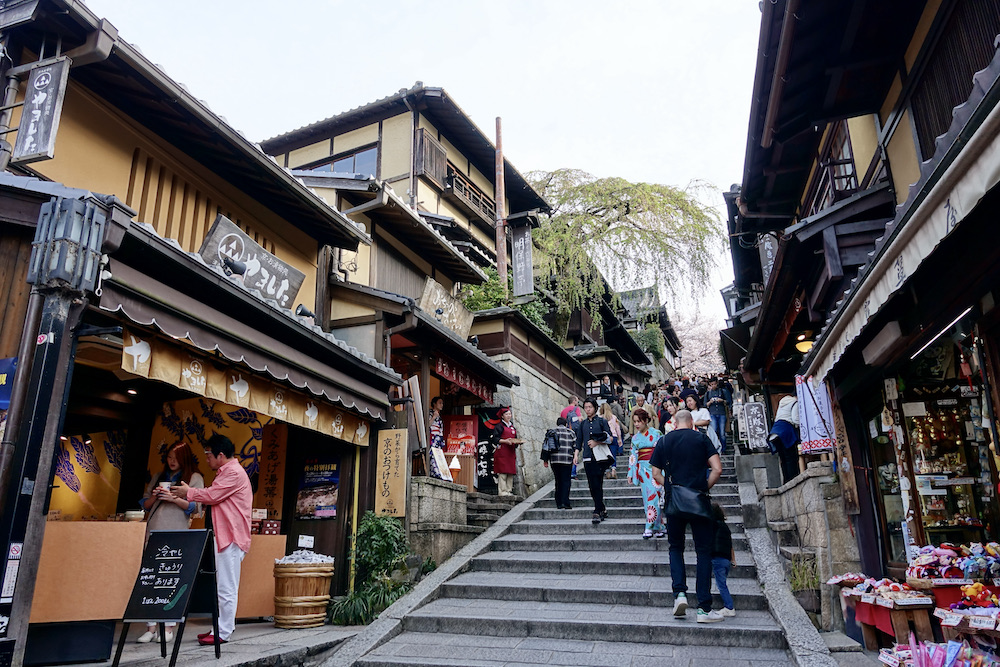
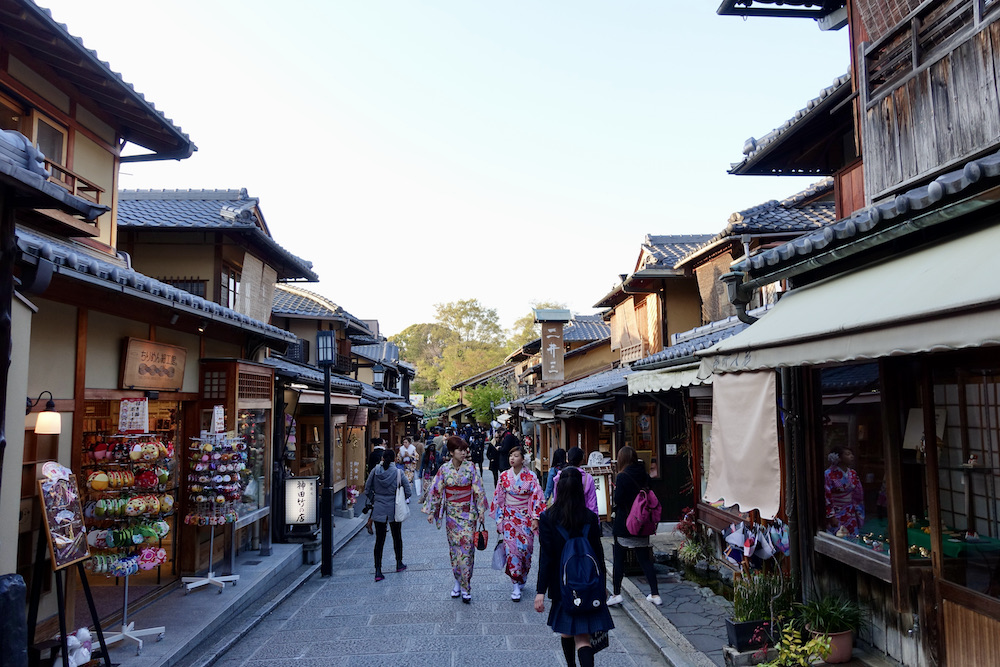
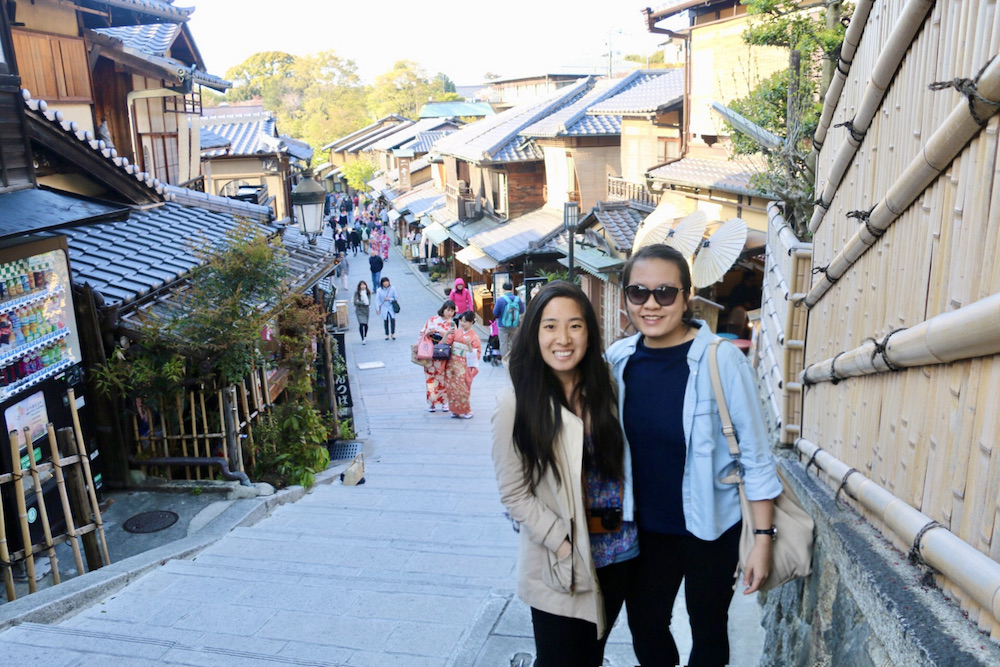
Higashiyama is a historic district packed with nostalgic souvenir shops, restaurants, and cafés.
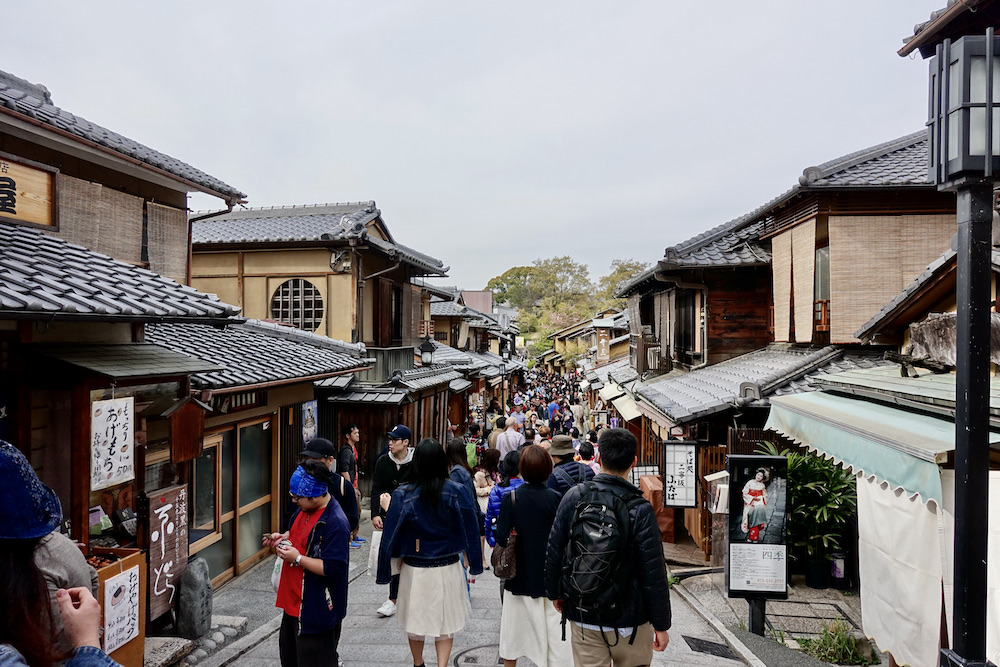
Head to the iconic Ninenzaka and Sannenzaka slopes for a symbolic photo — this area can get really crowded; for a more peaceful experience, visit early in the morning or later in the evening.
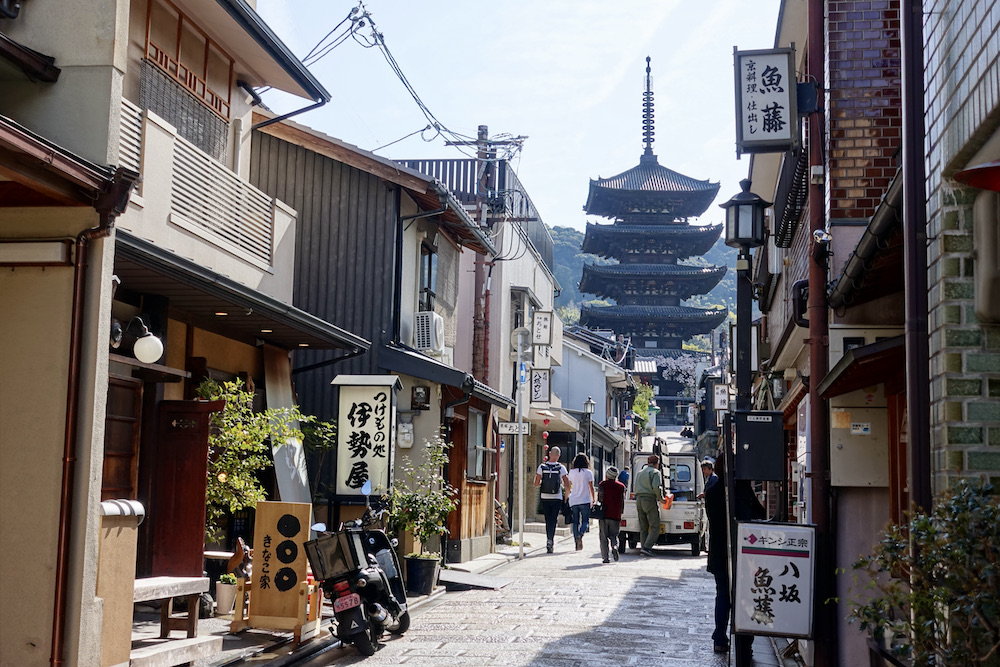
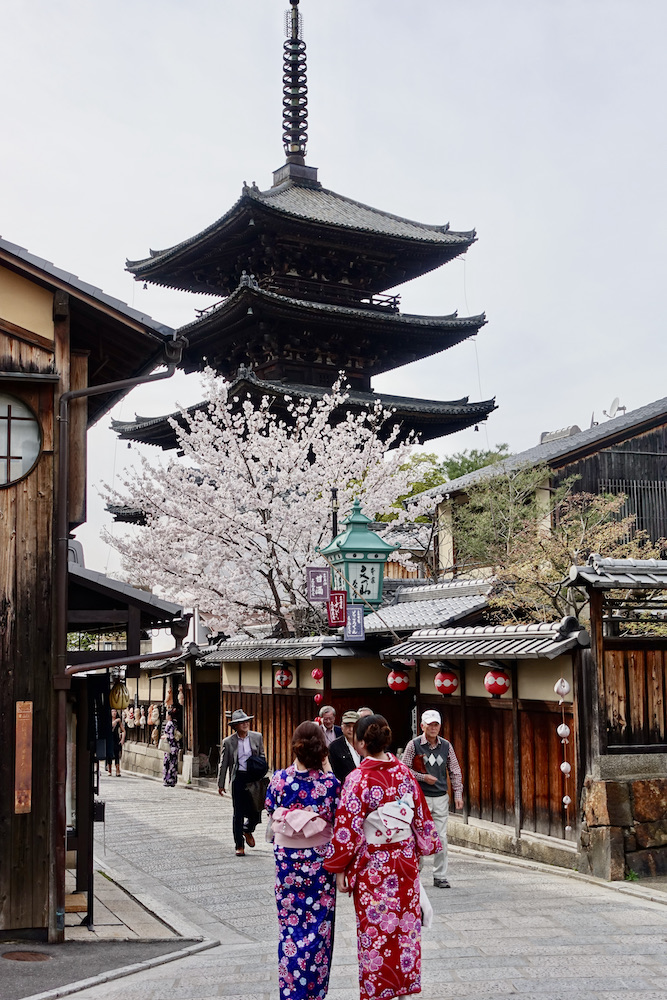
The Higashiyama district is also home to Yanaka Pagoda, a 5-storied pagoda that’s one of the main symbols of Kyoto.
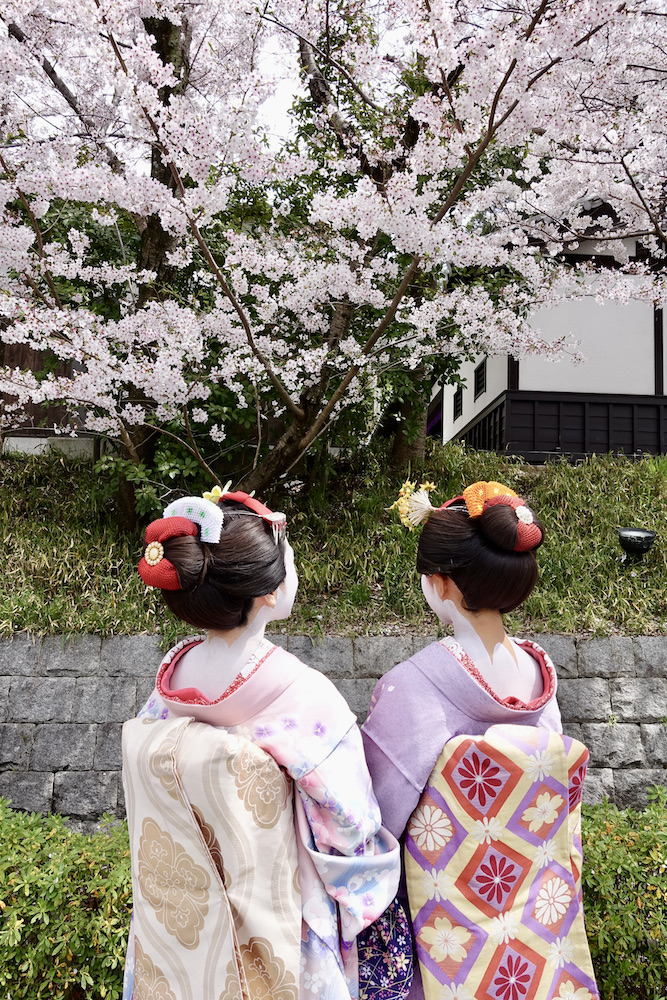
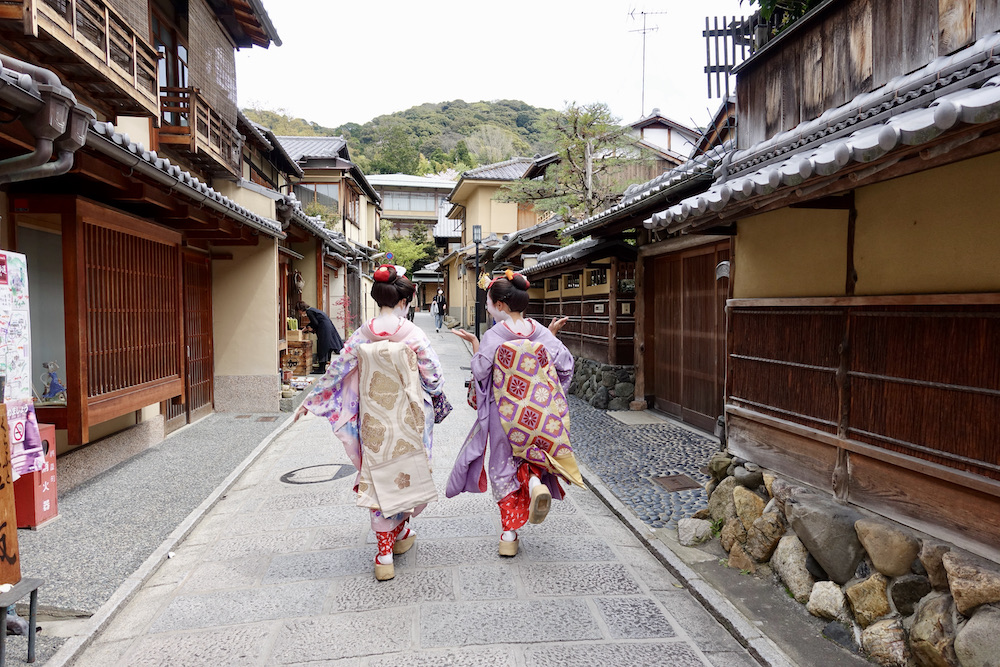
To really get in the mood, spend a couple of hours doing a kimono photoshoot. Packages usually include the rental of kimono, clogs, and accessories, as well as hair and make-up — if you’d like, you can even opt for a geisha look, complete with white face make-up. You can either choose to engage a professional photographer, or roam around the district and conduct your own D.I.Y. session.
Visit the Kiyomizudera Temple
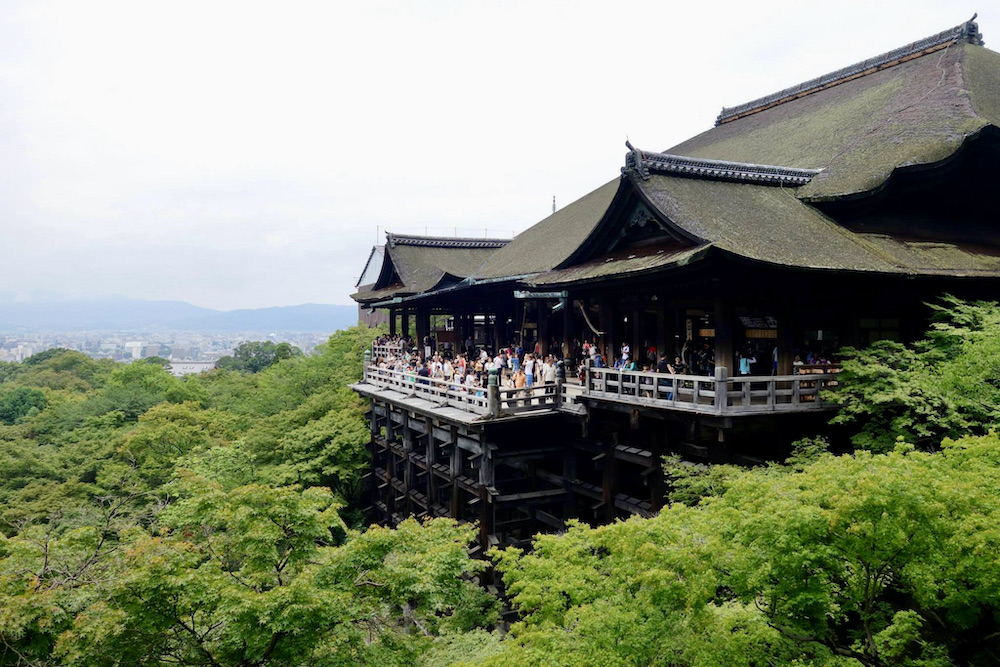
The streets of Higashiyama lead to the Kiyomizudera Temple, a spectacular temple built on a cliff. The UNESCO World Heritage Site has over 1,200 years of history, and was built without the use of a single nail. Don’t miss out on drinking from the Otowa Waterfall in the basement of the main hall, which is said to bring prosperity and good luck.
The Jishu-jinja shrine is also located within the grounds of Kiyomizudera, and is a temple dedicated to the God of Love. It’s said to be especially popular among couples looking for love, or looking to get married. It’s home to the Koiuranai-no-ishi — the ‘Fortune Stones of Love’ — where if you can successfully walk from one stone to the other with your eyes closed, your wish for true love will be granted.
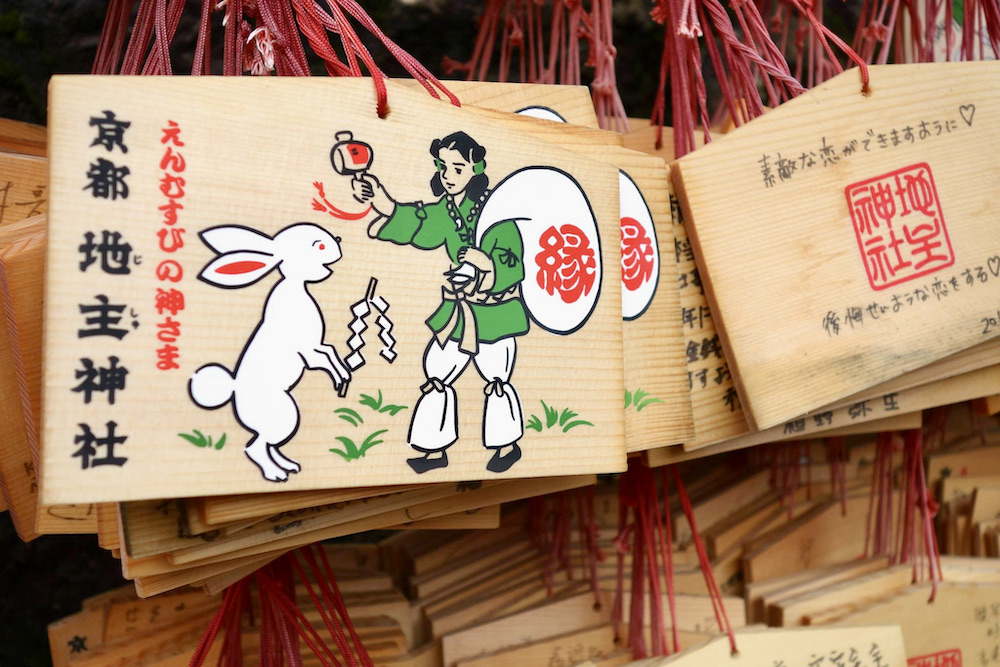
You’ll also see lots of ema (wishes written on wooden plaques) adorned with a man wielding a hammer — this hammer is said to be lucky, and makes money appear whenever it’s used to hit an object.
Spot geishas at Gion
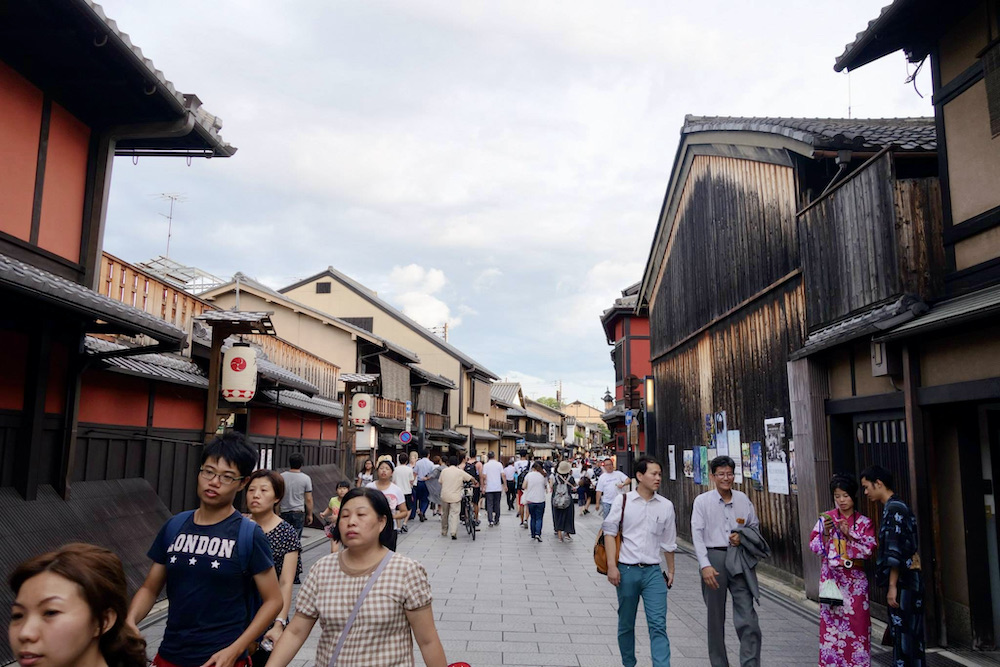
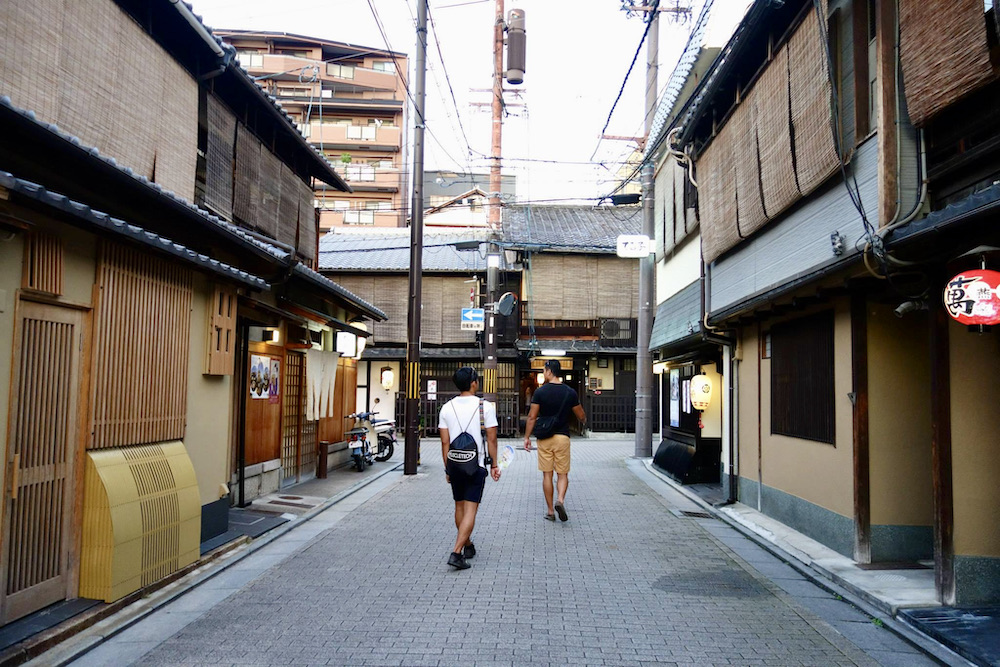
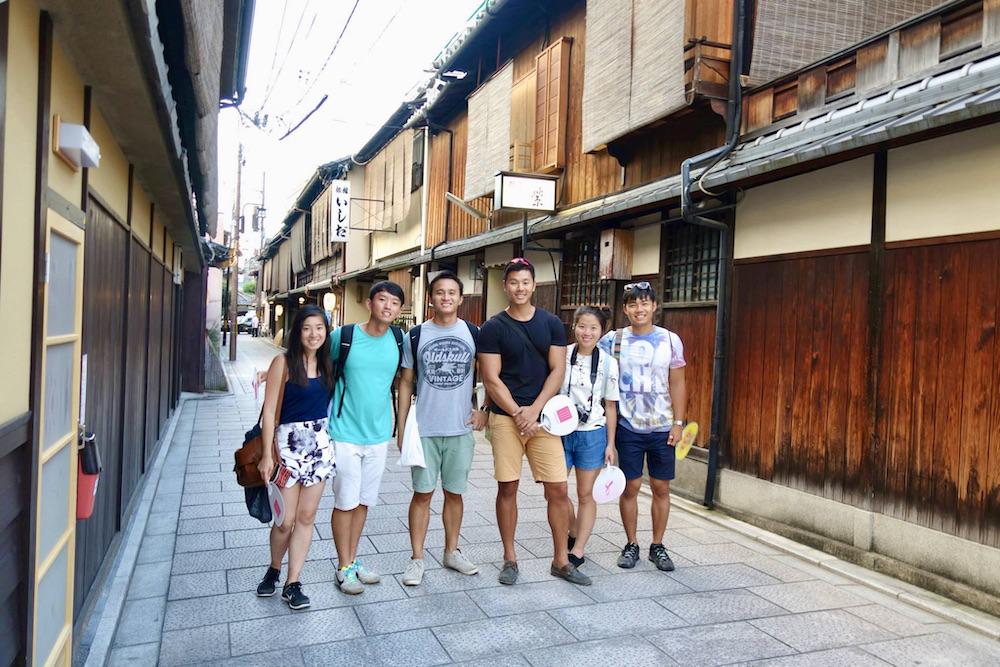
Gion is Kyoto’s geisha district, and is lined with machiya (traditional Japanese houses). The geisha entertain at ochaya (Japanese teahouses) in the evening — for the uninitiated, geisha are professionals who entertain with Japanese cultural performances, such as dance or music. A maiko is an apprentice geisha.
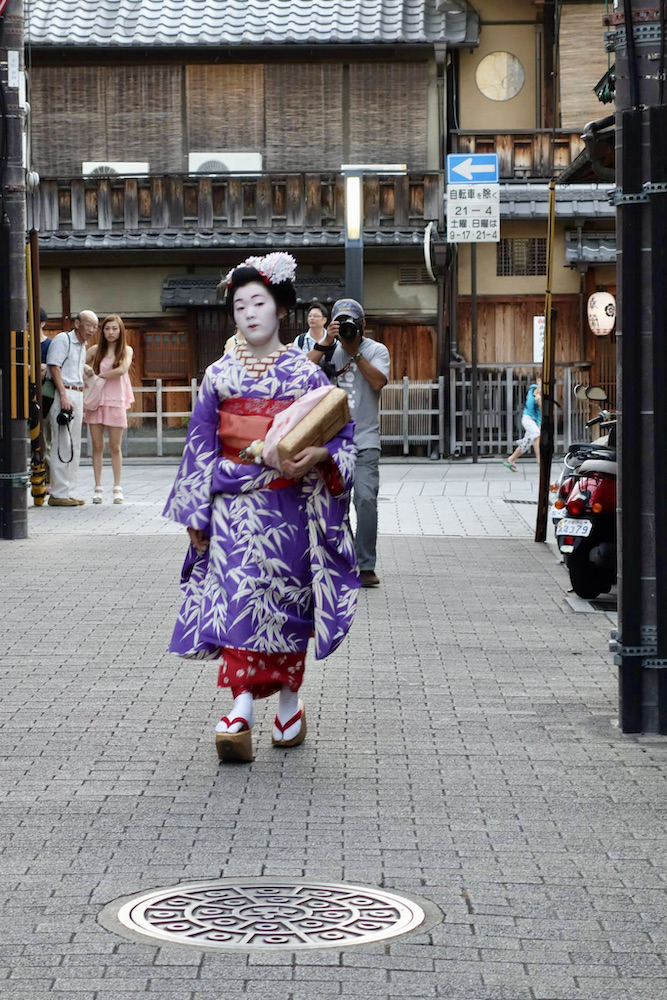
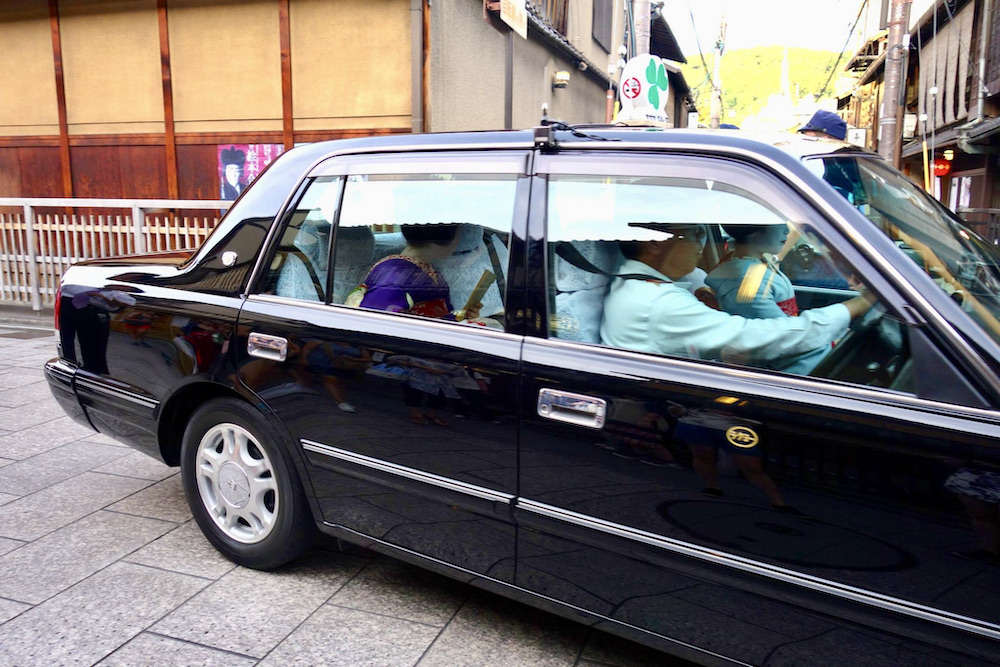
Geisha performances are usually priced pretty exorbitantly. If you visit Gion at around 5.30pm, however, you might be so lucky as to catch sight of a geisha or maiko making her way to a performance! Please remain respectful and do not crowd the geisha; observe from a distance and, if you ask politely for a photo, most of them will happily oblige.
Dine at Pontocho Alley
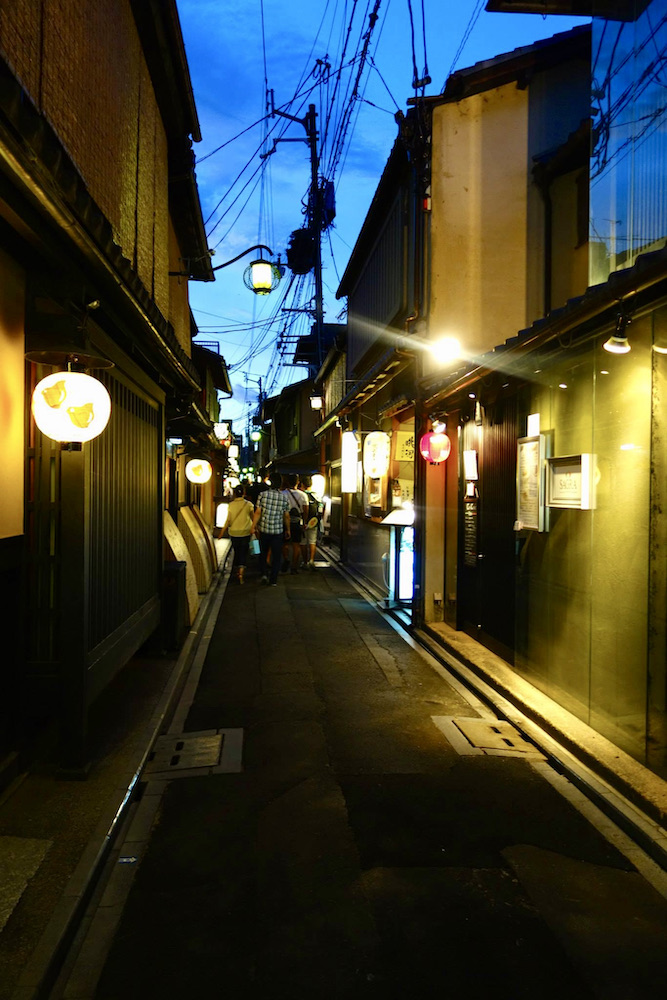
If you’re staying in Kyoto past dusk, head to Pontocho Alley for dinner. This 500-metre-long alley is filled with renowned restaurants. It’s also known for its bustling nightlife! The alley is quiet for most of the day until 5pm, when the alley starts to come alive.
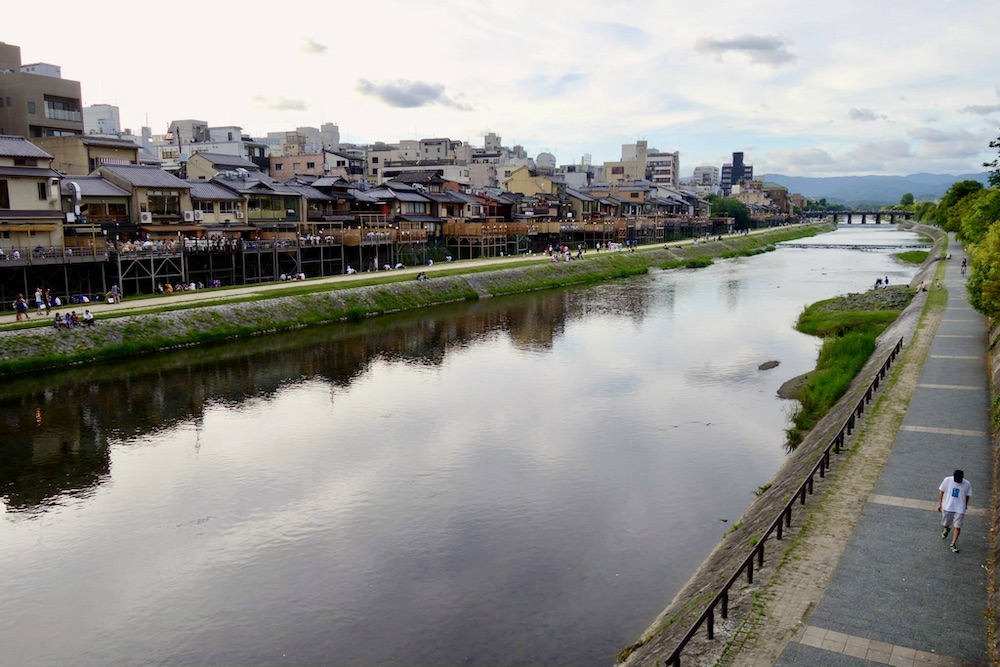
From May to September, many of the restaurants build temporary platforms over the adjacent river for al fresco dining. This practice is called kawayuka, where diners enjoy the cooling breeze from the river as a way to combat the summer heat.
Shop at Kawaramachi

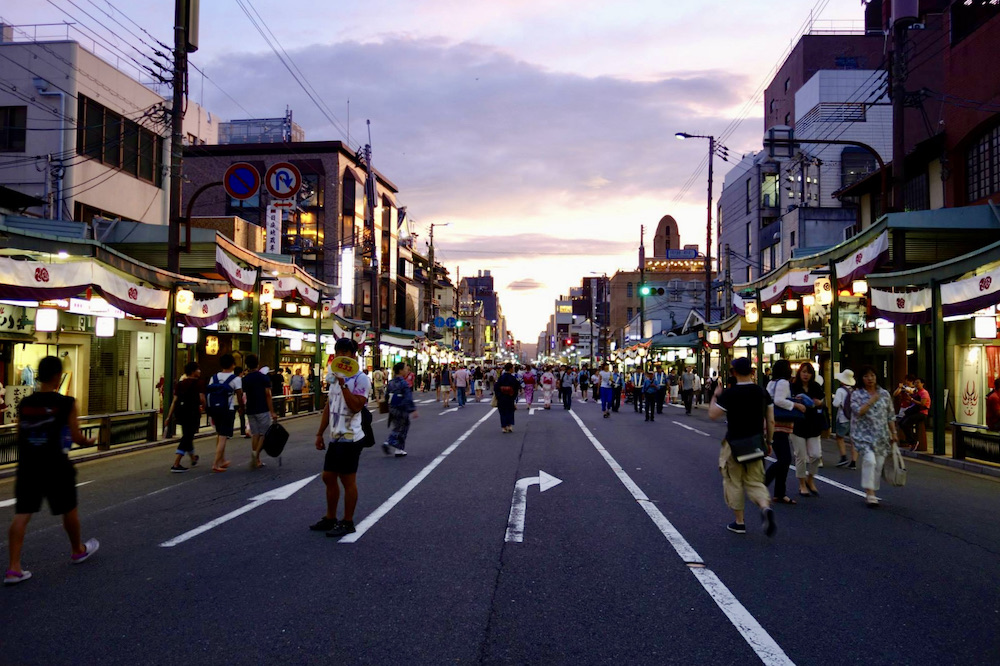
Spend an hour or two trawling the shops of Kawaramachi, Kyoto’s main shopping street. This is also where you can catch sight of the ornate floats during Gion Matsuri, one of Japan’s most celebrated festivals that has a parade on 17th July every year.
Hike the torii gates of Fushimi inari shrine
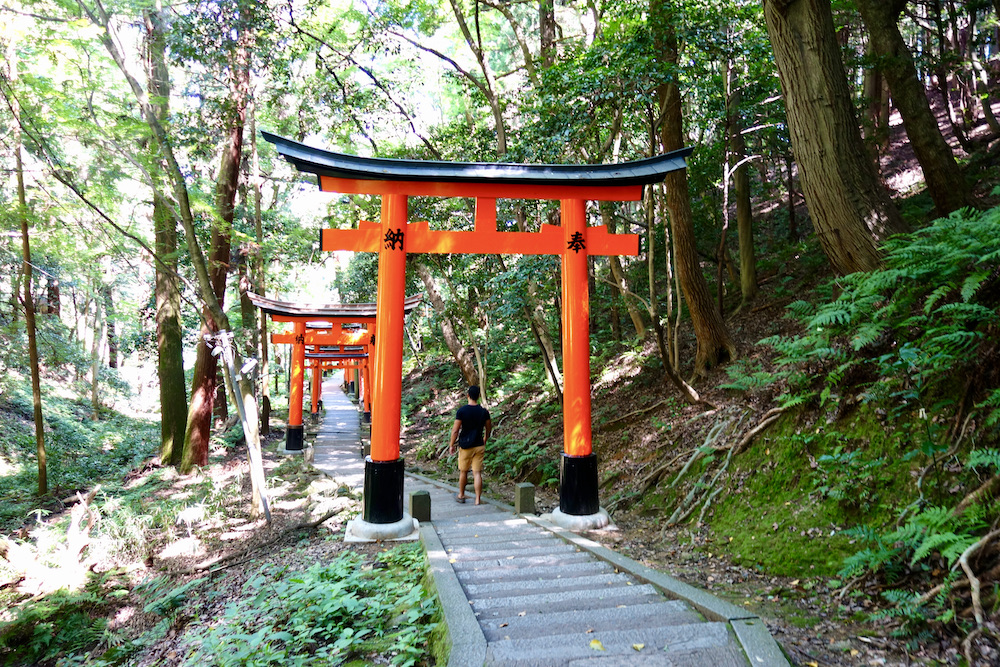
Mt. Inari is a 233-metre tall mountain, and the way up is lined with rows and rows of torii gates. These vermilion-coloured gates are symbolic of Japan, and frame a 5-kilometre trail that winds up Mt. Inari.
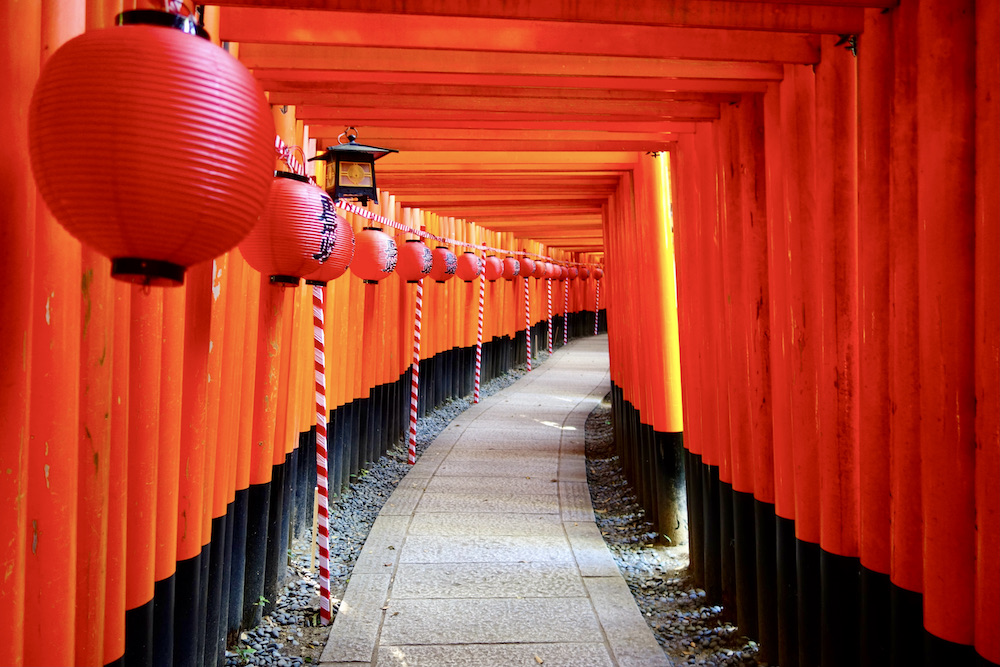
It might seem really crowded at first, but most crowds turn back after some time. Persevere along the trail and you’re bound to find some spots where you can enjoy the gates all to yourselves!

It’ll take approximately 2 hours to reach the summit. Enjoy the panoramic view from the top, before making your way down again.
Eat your way through Nishiki market
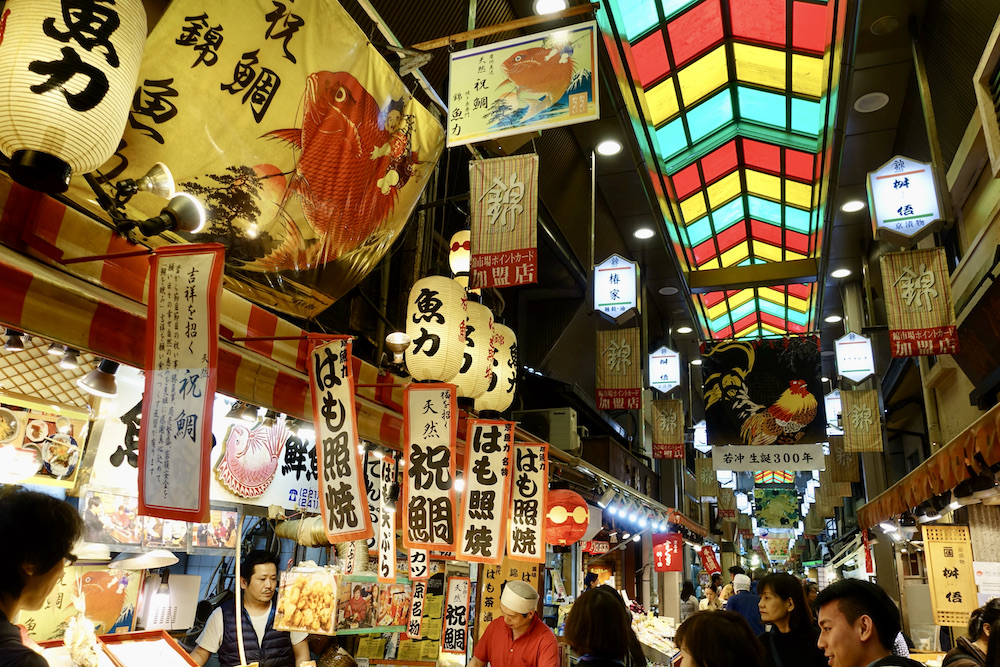
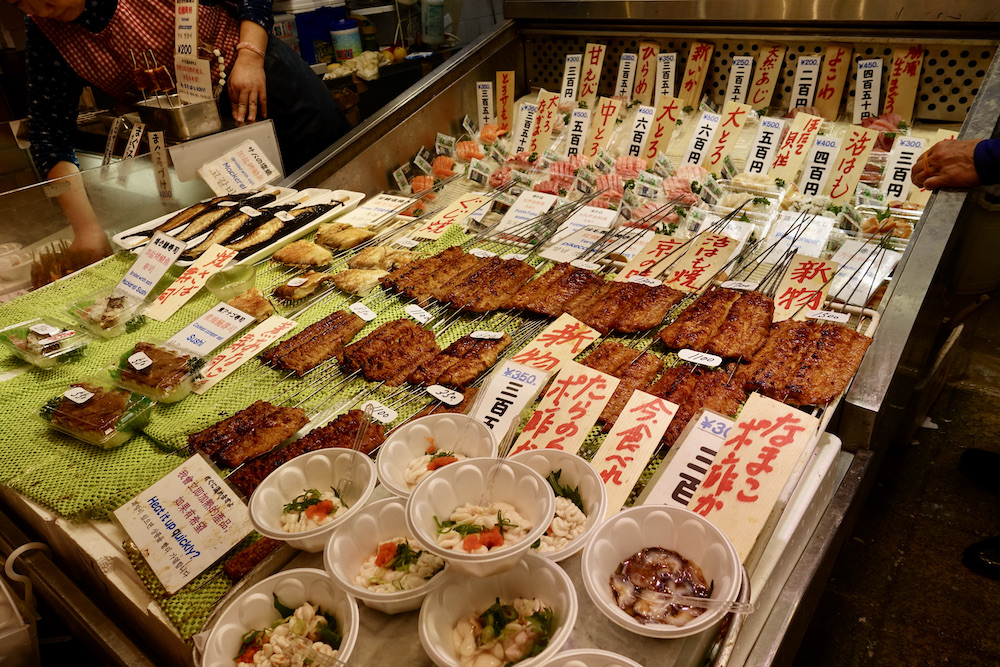
And of course, what’s a visit to anywhere in Japan without checking out the market? Boasting more than 100 shops and restaurants, Nishiki Market is a foodie’s paradise. Load up on street food, or stock up on some top-notch kitchenware.
Experience the wonder of sakura season

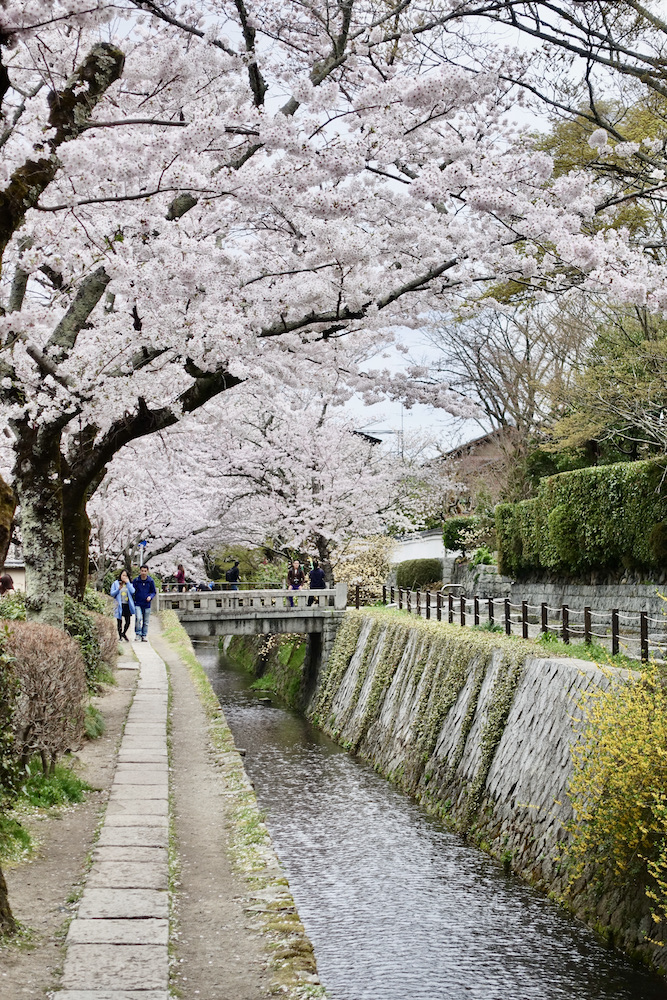
Kyoto has an enigmatic charm throughout the year, but sakura season is when the city truly shines. The best sakura spots include Maruyama park, Philosopher’s walk, and Keage incline.
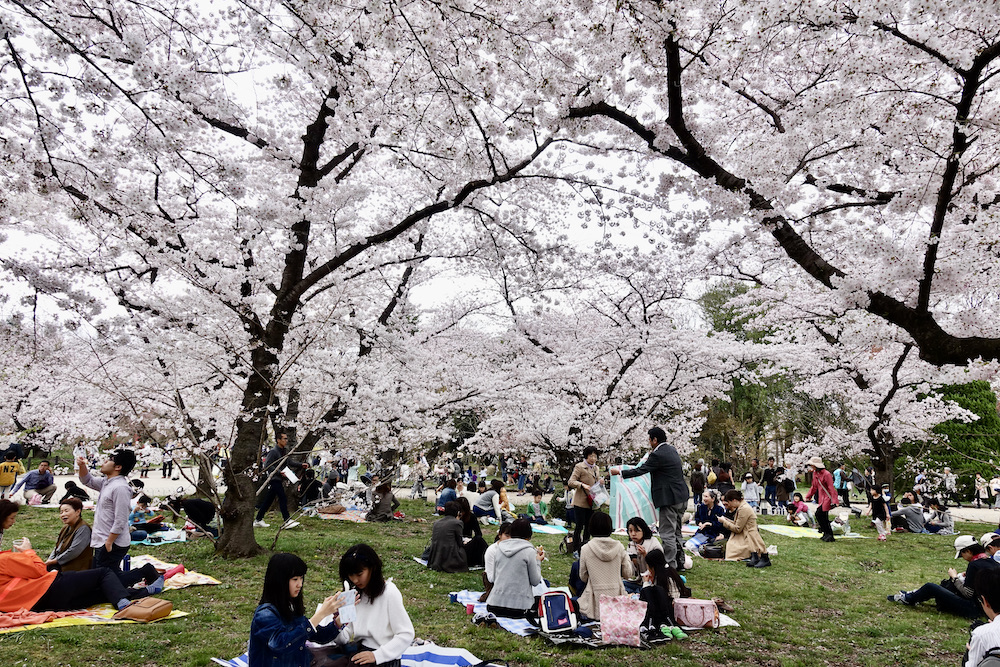
Do what the locals do, and enjoy a hanami picnic under a canopy of sakura. Be warned: the streets of Kyoto can get really crowded during this season!
If you have the time, other sights in Kyoto include Kinkakuji Temple (the gold temple), Nijo Castle, Kyoto Imperial Palace, Tofukuji Temple, and Ginkakuji Temple (the silver temple). You can also easily take a half-day trip to Arashiyama (20 minutes by train) or Nara (40 minutes by train).
How to get to Kyoto
Trains run regularly from Osaka, which will bring you to Kyoto in just 15 minutes via shinkansen, or 30 minutes via local train. If you’re visiting Kyoto on the weekend, check out the sightseeing Kyo-train that runs from Osaka’s Umeda station.
